In addition to increased reliability, the supported processors increase security capabilities at the chip level. These processors provide virtualization extensions and virtualization performance improvements. Windows 11 supports virtualization-based security which enables several security capabilities, including memory integrity, also known as hypervisor-protected code integrity . HVCI disables dynamic code injection into the Windows kernel. HVCI also provides driver control and ensures that all drivers loaded meet a policy of allowed drivers set by Microsoft and the user. The United States Department of Defense requires virtualization-based security on Windows 10 for their devices.
In partnership with our OEM and silicon partners, we will be enabling VBS and HVCI on most new PCs over this next year. And we will continue to seek opportunities to expand VBS across more systems over time. Windows 11 requires modern hardware to run, but if your PC has a CPU released in the last 3-4 years, you're probably in luck. To provide enhanced security to its users, Microsoft is requiring all PCs to feature a specialized chip called a Trusted Platform Module, or TPM, of at least version 2.0. This chip is found in most modern CPUs and also many motherboards. Computers built before 2017 may not be compatible, however, so it's important to take a close look at the minimum system requirements before opting into an upgrade.
Microsoft has temporarily disabled its PC Health Check tool to update it for the Windows 11 release, but it promises to advise you of any compatibility issues you may be facing ahead of the upgrade. For those who are using a PC that won't upgrade, and who aren't ready to transition to a new device, Windows 10 is the right choice. We will support Windows 10 through October 14, 2025 and we recently announced that the next feature update to Windows 10 is coming later this year. Whatever you decide, we are committed to supporting you and offering choice in your computing journey. If you want to see the full Windows 11 minimum system requirements, you can visit this page.
Windows 11 has higher technical requirements than Windows 10, is possible to install Windows 11 on devices that don't meet the minimum requirements. Upgrading unsupported hardware to Windows 11 will require you to install the update manually using an ISO. There is a different set of minimum minimum requirements your PC will have to meet including 4GB of RAM, 64GB of storage space, and two-core 64-bit 1 GHz processor. Windows 11 continues our strong commitment to compatibility. This means that devices can upgrade to Windows 11 and critical apps and devices will simply work. Raising the Windows 11 minimum system requirements enables us to better support apps and hardware for drivers and devices.
Feedback also shows us that unsupported hardware is more likely to have older drivers that are incompatible with new OS features such as VBS. Supported hardware also comes with modern drivers, which helps ensure not only the reliability we mentioned earlier, but also great hardware compatibility. If your computer meets the minimum requirements to run Windows 11, you can sign up for the Windows Insider Program today and download the update today. If you'd rather wait for the official release, which will also be free for eligible Windows 10 users, the only thing to do at this point is wait. Once it's available, you'll either be able to download directly through the Windows Update tool or as a standalone download from Microsoft.
As we mention above, if you do decide to try the preview version, be sure to back up your computer and prepare to encounter a few bugs in this early release. Before installing Windows 11, there are a couple of things that a user shall take care of. Firstly, important documents, files, applications and other data must be backed up on a separate drive or external flash storage. That being said, a user needs to head on to the Settings on Windows 10, click on Updates and Security and check for updates. If the Windows 11 update is not available to download and install there, Microsoft has also released a Windows 11 Installation Assistant.
Check how to download Windows 11 using Microsoft Windows 11 Installation Assistant below. The new Windows 11 is here and it surely comes with a host of interesting features. The latest operating system from Microsoft brings you new visual changes, compatibility with Android, interesting gaming-related features, and more. The company has also revealed that a vast majority of PC or laptop available in the market will be compatible with Windows 11.
The brand has also released a list of minimum requirements and processors that support the latest operating system. That being said, if you want to know whether your Windows 10-powered laptop or PC is compatible with Windows 11, there is a simple way to do it. In this article, we are going to show a step-by-step guide of how you can check for Windows 11 compatibility with your laptop or PC. PC health check App windows 11 download Compatibility Check App setup file is available now. Users Can upgrade to windows 11 for free after its launched on 24 June 2021. To Check compatibility of PC/Laptop, users need to download the PC health check windows 11 App.
Here read the PC health Check App details & process to download & install the Setup File. I expect that older PCs upgraded using this workaround will continue to receive security updates alongside supported hardware for an indefinite period, but that's not guaranteed. Future feature updates might reinstate the compatibility check without allowing a bypass. To check for Windows 11 compatibility, download and run the PC Health Check app, which will identify specific compatibility issues that prevent an upgrade. PCs purchased in 2016 or earlier are almost certain to be unsupported.
The program returns one of three possible windows after the compatibility check runs. I'm running Enterprise on my production PC and have flagged this as an error or problem with Microsoft via its Feedback Hub. Following the results of our testing, we are making a small number of additions to the compatible processor list , but otherwise will maintain the minimum system requirements as originally set. Windows 11 brings a number of enhancements to Windows users, including a new look, multitasking enhancements, improved gaming performance, Android app support, and more.
Aesthetically, it will have a new, frosted glass look, and a reworked start menu, now known as the Dock, optimized for touch input on the latest devices. Users will be able to rearrange windows into new arrangements, like a 4x4 grid, using Snap Layouts that can then be saved into Snap Groups and recalled later. Microsoft spent the last three months testing the "PC Health Check" for Windows 10, a free tool that allows anyone to determine why their PC doesn't meet the minimum hardware requirements of Windows 11.
Following extensive testing, Microsoft's compatibility checker app is finally out of beta and now available to anyone who wants to try it out. (Pocket-lint) - Windows 11 is now rolling out as a free upgrade for Windows 10 users. That means you should be able to download and use Windows 11 right now - as long as your PC meets the minimum system requirements. You should really only try this if you know what you're doing. If you don't know what an ISO or virtual machine is, you really shouldn't go this route. For productivity, the operating system will now feature native Microsoft Teams integration.
Microsoft says this will make it easier to connect with friends and colleagues across devices by adding Teams functionality right into the start menu and taskbar. If you use Windows on a laptop with an external display, Windows 11 will also remember the position of windows on that screen when disconnected and will restore them once it's plugged back in. If you didn't get a chance to download it, you can actually use third-party apps to check if your computer meets the minimum hardware requirements. One of those tools is WhyNotWin11 that you can download from GitHub.
The app will let you know if your Windows 10 PC's processor, graphics card, and other hardware are compatible with the update to Windows 11. It will also require at least 4GB of RAM and 64GB of storage. With its machine learning technology, Microsoft has determined further devices on which the Windows 11 update prompt should now appear automatically.
The Redmond-based software company has not revealed any additional information on which exact PC configurations are included in this third group. However, manually triggering the Windows 11 update, which is how many tech enthusiasts probably installed Windows 11 in the past weeks, is no longer necessary on these PCs. Users can simply check the regular Windows Update application in order to verify whether the Windows 11 upgrade is ready to download on their respective device.
You can use thePC Health Check appto determine if your device is eligible to upgrade to Windows 11. Many PCs that are less than four years old will be able to upgrade to Windows 11. They must be running the most current version of Windows 10 and meet the minimum hardware requirements. Let's understand how to fix Windows update issues for Windows 11.
The basic troubleshooting steps to fix the Windows updates issues for Windows 11 are shared in this document. Most of the update issues are solved by just restarting the Windows 11 PC. Windows 11 upgrade is possible only when your PC meetsminimum hardware requirements. The best way to check whether a system supports Windows 11 is to download and install the PC Health Check app.
Otherwise, a user might have to look for several attributes manually which would take up a lot of time. While the Windows 11 minimal requirements are 8th Gen Intel Lake or AMD Zen 2 CPUs and above, additional requirements include TPM 2.0, 4GB of RAM and 64GB of storage. It is this set of minimal requirements due to which a lot of Windows 10 systems cannot upgrade to the Windows 11 operating system. Windows 11 will be provided as a free update to all eligible devices that are currently running Windows 10. Eligibility for automatic upgrade is based on certain minimum hardware requirements.
The app is distributed online as an automated installer that can be easily downloaded and deployed on local storage by just following few simple on-screen instructions. Once installed, the PC Health Checker app can be run on any version of Windows 10. Still, if the app shows that your laptop or PC is not compatible, we suggest you should wait. Because Microsoft has revealed that it will update its hardware compatibility list pretty soon. The company has said the list of hardware compatible devices is constantly being updated in the app.
Furthermore, the Windows 11 update will only arrive at the end of the year, this may change until then. Simply put, the Redmond giant might make some changes in the hardware list closer to the official rollout of Windows 11. Snap Layouts should offer better multitasking support, especially on large or ultrawide monitors. DirectStorage can offer big reductions to load times for gamers. Android app support opens a whole new app ecosystem up to Windows users. Only time will tell if Windows 11 proves to be as popular as Windows 10, but it seems like Microsoft is providing compelling reasons to sign up for the update when the time is right for you.
Unless you crave the cutting edge, it's okay to wait on upgrading for now. Windows updates are exciting and it can be tempting to be on the ground floor for any major technology release. Bugs can happen, sometimes big ones that can leave you rolling back to a previous operating system version. More frequently, you'll find that certain features just aren't finished yet and the experience isn't as polished as it will eventually become.
You'll be one of the first to experience those exciting new features but it often demands more patience as they continue to be developed. While Microsoft states that the new OS is focused on improved security and reliability, some of the minimum specifications that a machine must have to run Windows 11 have created confusion among users. As a response, a handful of developers started to create simple software utilities to help users check whether their systems meet the necessary hardware requirements. If you're excited for Windows 11, you may have already downloaded Microsoft's compatibility checker app dubbed "PC Health Check" only to get a hard "no" with no clear reason why. Good news, now the update checker tool will give you a clearer reason, and you may an easy fix. Either of these tools can provide you ample intelligence to determine if your PC is ready for Windows 11, with one caveat.
Older PCs whose CPUs qualify under the processor requirement may include hardware-based TPM chips of version 1.3 or older . These CPUs can emulate TPM 2.0, so what looks like a failure to meet Windows 11 requirements at the hardware level can be offset in software. I will explain further in the section on the Windows 11 Compatibility Check script below. After the download, double-click the ISO file and then double-click the setup.exe file.
Click Next at the initial install screen to check for and download any updates to Windows 11. At the Ready to Install screen, you will see that Windows 11 will be installed and personal files and apps will be kept by default. After the news released by your news on the check up app for windows 11. I WENT to the official site, and I scrolled down, till I saw the check for compatibility. All you'll need is a PC that meets the minimum hardware requirements for Windows 11, which is now a 64-bit CPU, 4GB of RAM, and 64GB of storage. Windows 11 will be delivered through Windows Update in much the same way as Windows 10 updates have been made available previously.
That doesn't mean you can't get your hands on the new OS sooner. By signing up for the Windows Insider Program, you can download a preview build and begin enjoying Windows 11 now if your PC meets the minimum system requirements. These builds are considered previews for a reason and often have bugs and missing features that are still being developed, however. Microsoft hasn't shared an official release date for Windows 11, though Microsoft has confirmed it's coming during the holiday season. There have been rumors on social media of an October release date, though this hasn't been confirmed. Windows 11 is the latest operating system from Microsoft and will likely become the next major OS across the board.
If you're unfamiliar with what an operating system is, the important thing to know is that an operating system is what you see when you boot your PC. It is the user interface that lets you do things like run programs, browse the web, and store data. Microsoft has been releasing Windows versions since the mid-1980s and has made it the lead operating system in the world today.
As the name implies, Windows 11 is the eleventh major release of the OS and will bring with it a number of major feature and functionality updates. The Health Check app sometimes shows people a false failure, meaning it says a system won't be able to upgrade to Windows 11 even though it meets the minimum requirements. Even if a PC actually falls short of the requirements, it's difficult to determine why. The PC Health Check app doesn't list a specific reason that a PC won't be able to upgrade.
With Windows 11 officially on the way, many people want to know if their PC will be able to upgrade. To help people out, Microsoft launched the PC Health Check app. It allows people to see if their system meets the minimum Windows 11 requirements.
This particular application does not have an proper executable file. Instead, it delivers a batch script inside an archive, which launches to verify the Windows 11 requirements one by one. A console window is displayed and the compatibility test begins instantly, with no user intervention. I'll walk you through the system requirements as they stand now, as well as how to use the PC Health Check app and two alternative tools to check a PC's Windows 11 upgrade readiness. Click Next to have Windows 11 check for any updates, then accept the license terms. The Ready to install screen shows that Windows 11 will be installed and that your personal files and apps will be kept.
You can then elect to keep personal files and apps, personal files only, or nothing. Microsoft is offering Windows 11 to newer PCs with Windows 10 installed. It will use data to figure out when other PCs will get the upgrade. This is similar to how Microsoft has determined which devices received Windows 10 features updates for the past few years. And it's different than how Apple handles updates since Microsoft has to work with lots of partners that also sell Windows computers. Windows 11 Requirements Check Tool can perform the checks specified by Microsoft and check if your machine can support features like AutoHDR and DirectStorage.




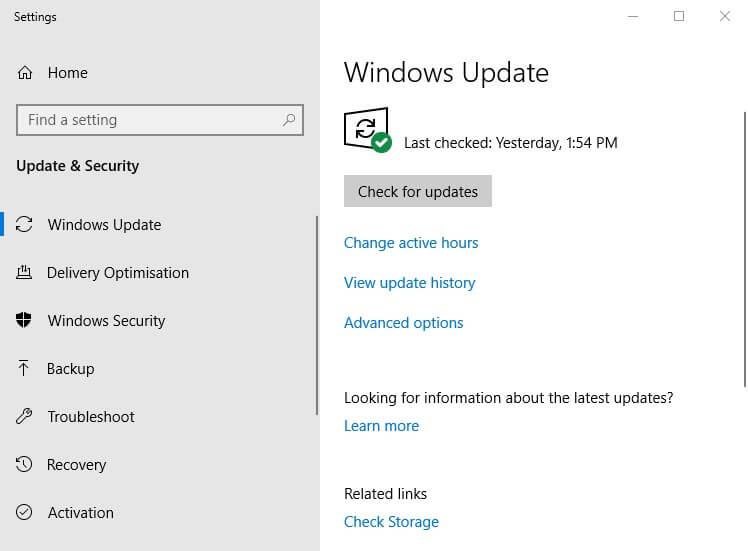


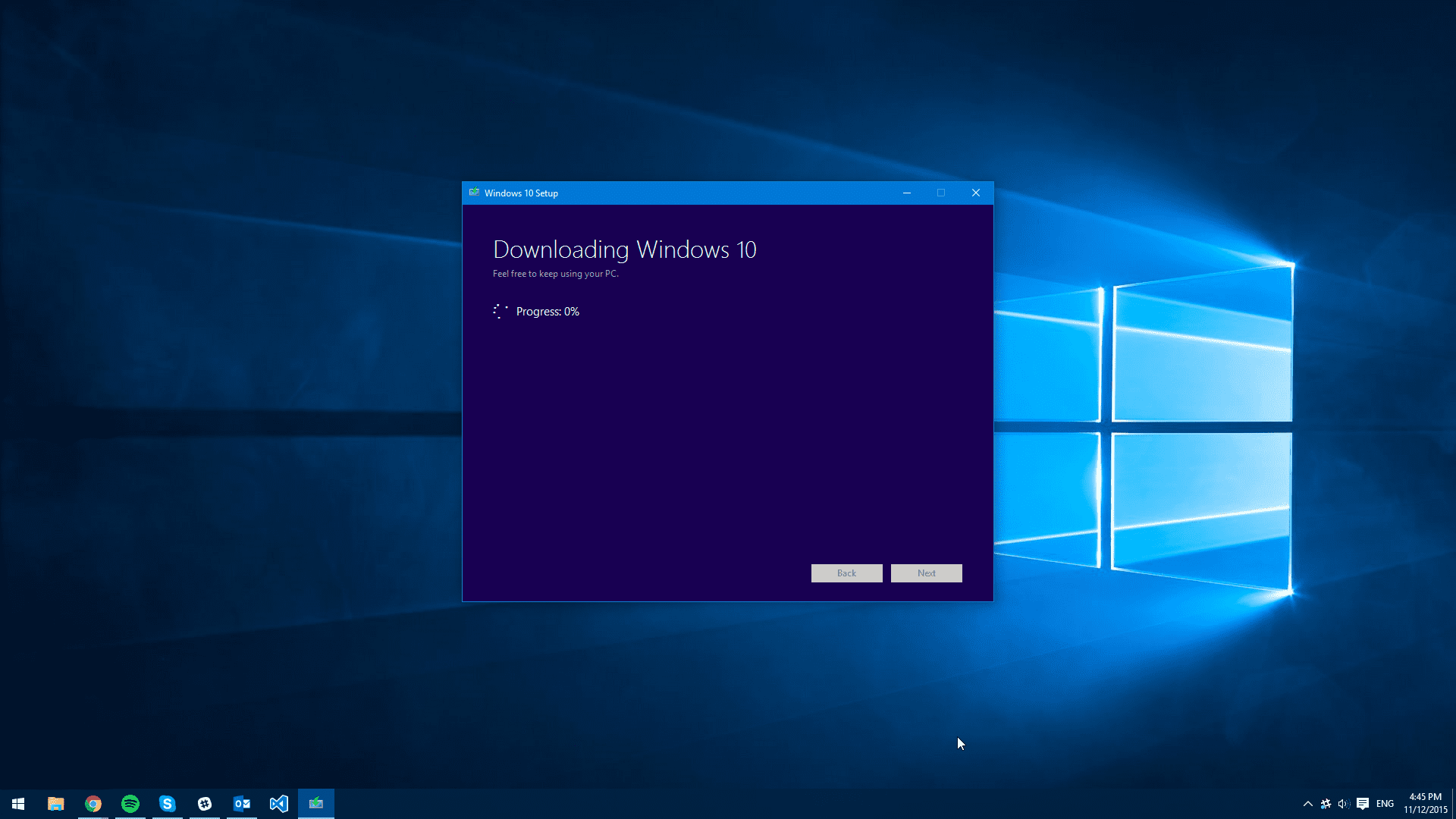


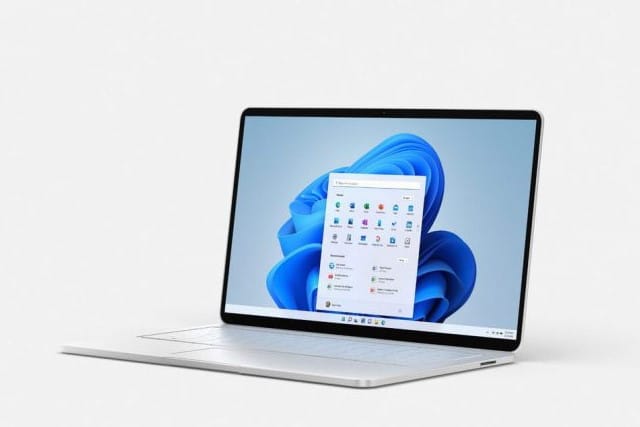
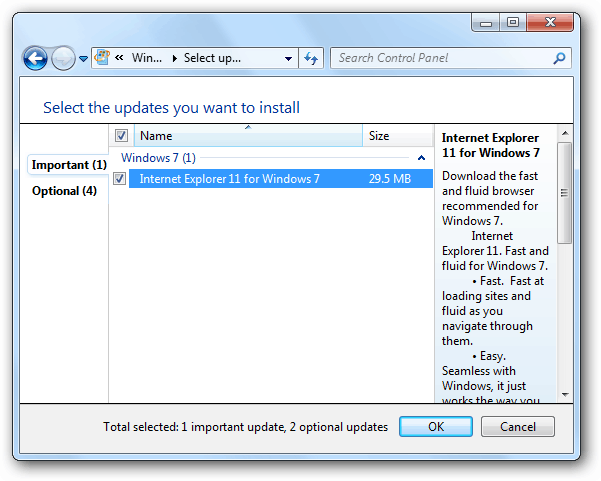
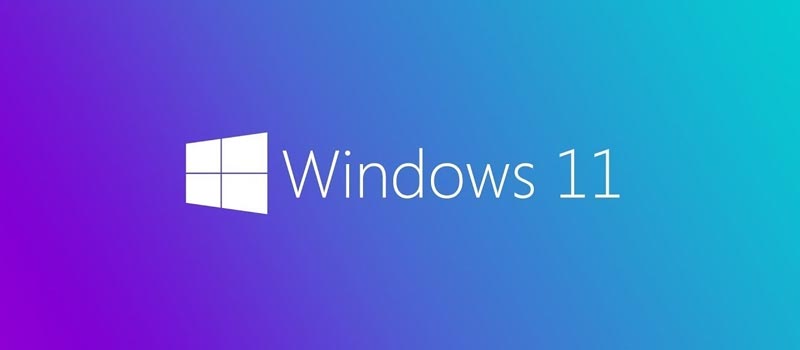

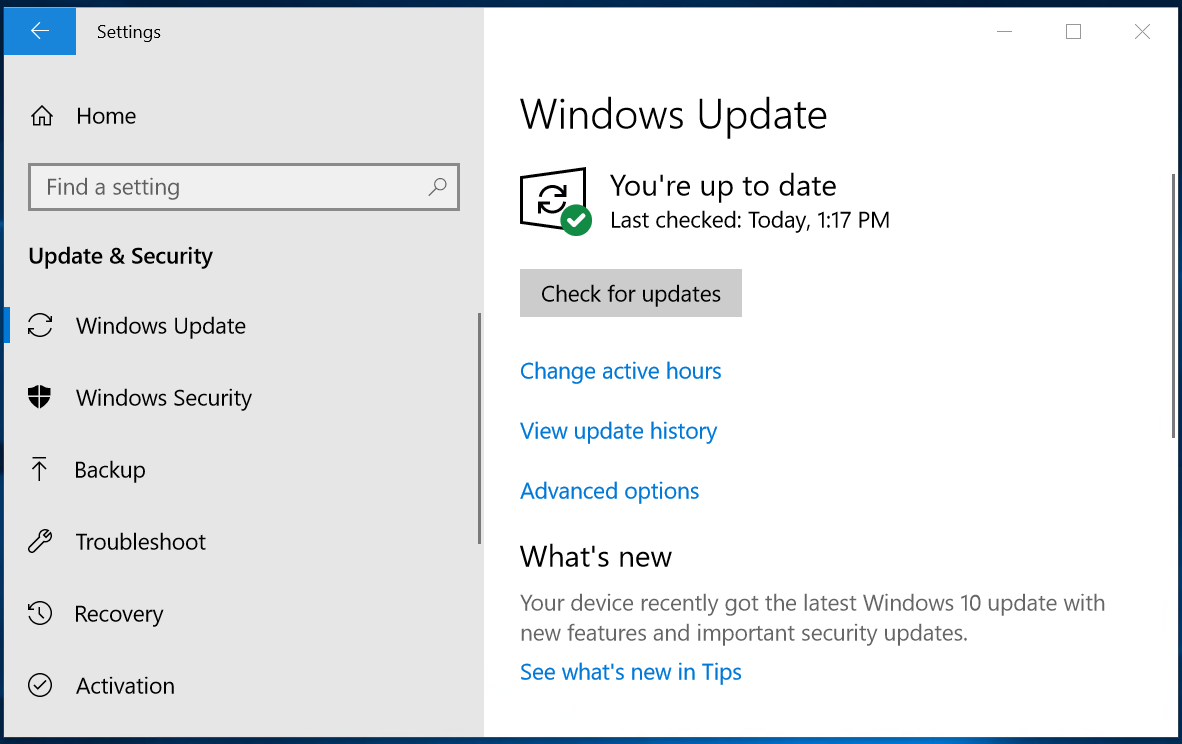

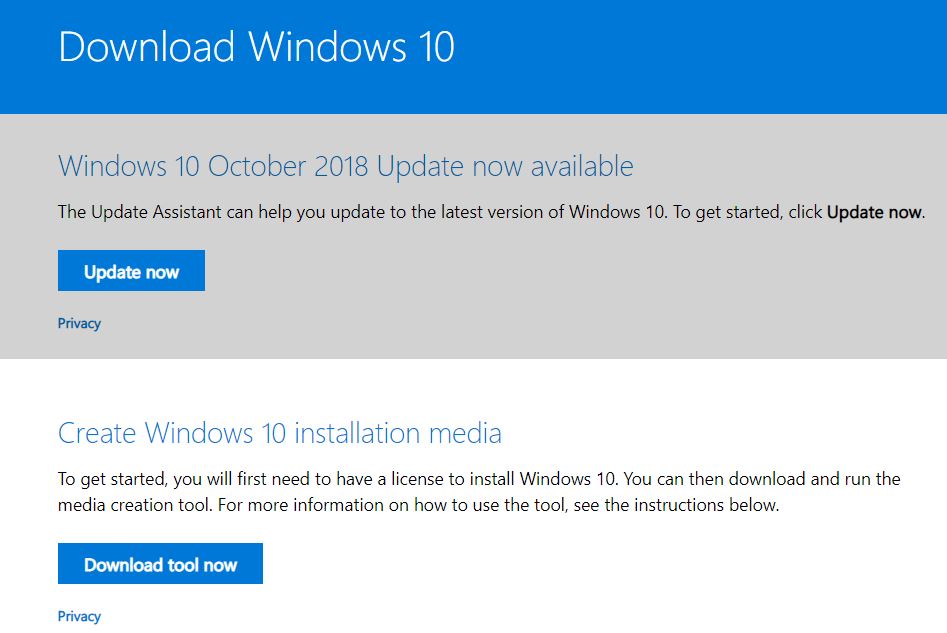
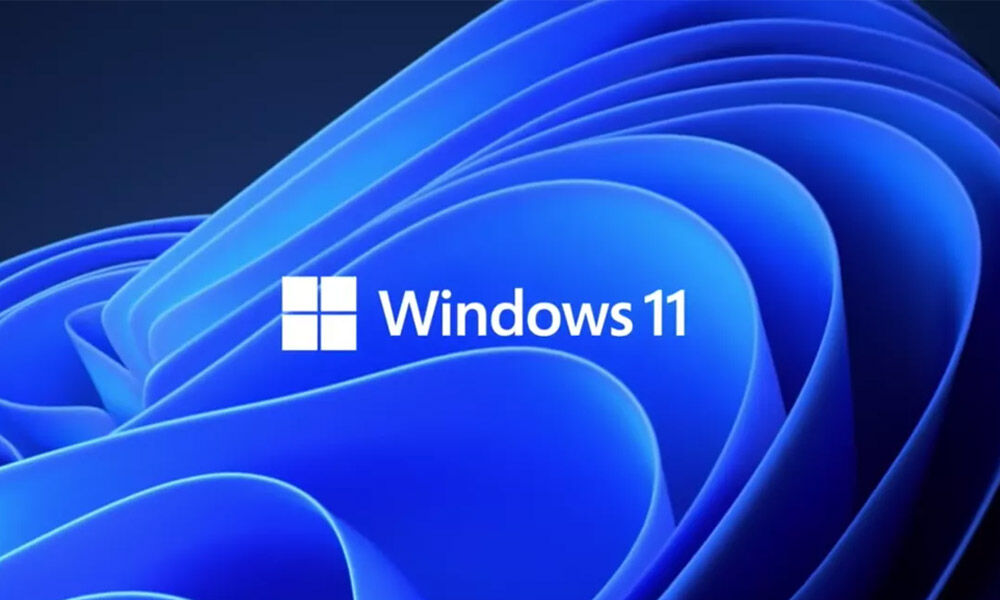




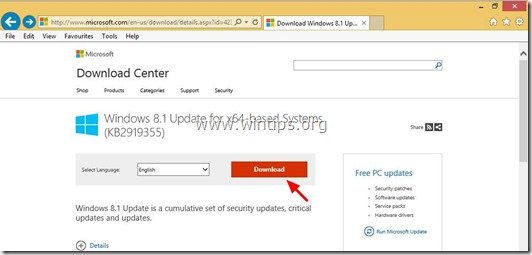



No comments:
Post a Comment
Note: Only a member of this blog may post a comment.